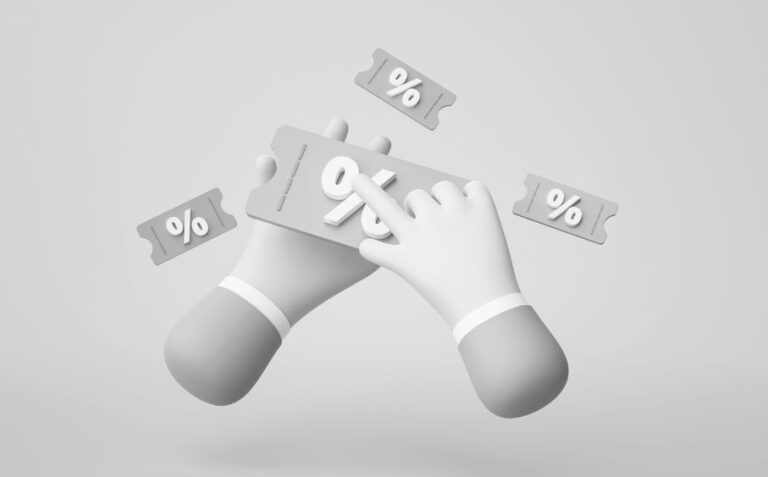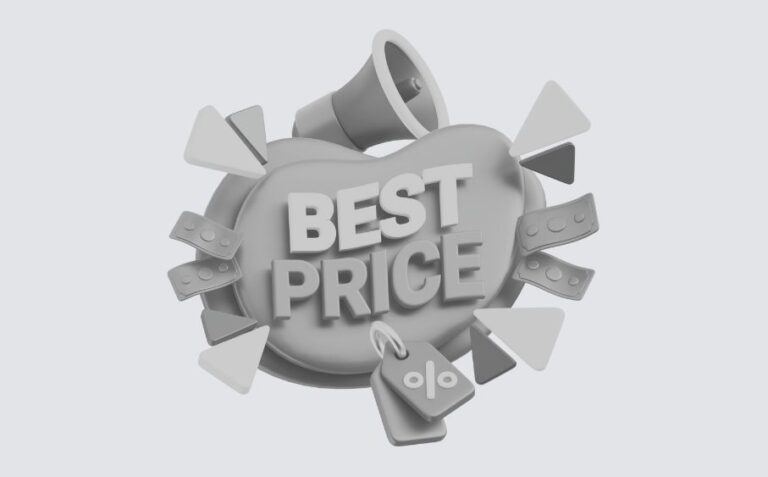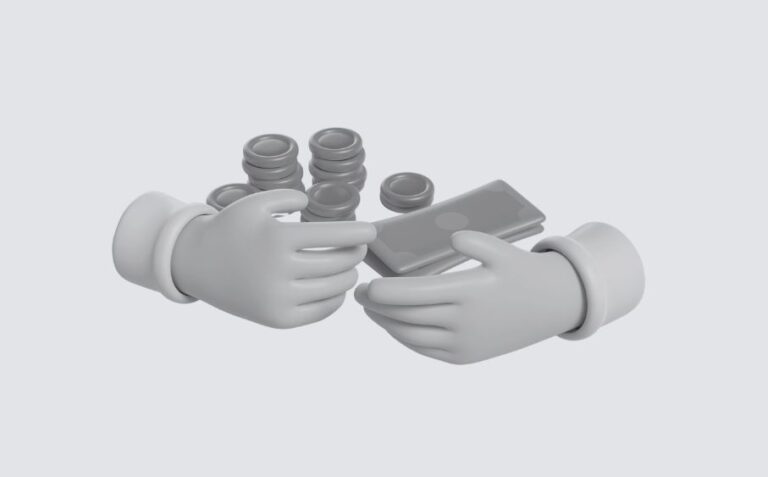The decoy effect is a psychological pricing strategy designed to influence consumer decisions. It is introducing a third, less attractive option that makes one of the other choices seem more appealing. This tactic nudges customers towards a preferred product.
The decoy effect, also known as decoy pricing, works through comparative pricing. This tactic affects consumer decisions by introducing a third option intended to guide them toward a particular product. This approach includes adding a less appealing option that acts as a decoy next to others. So, the target product appears more attractive than the other products. Our minds view the cheapest option as bad, regardless of its quality.
Why Is the Decoy Effect Important
Strategic product positioning and smart pricing lead to higher sales when customers select the expensive items that bring more profit. A decoy makes decisions easier for customers as the intended choice appears more logical and desirable. This psychological pricing tactic improves customer perception and positions the higher-value option as s more cost-effective choice that increases customer satisfaction.
Factors Influencing the Decoy Effect
Decoy Design
It is important to carefully construct the decoy options to influence consumer choice. A well-designed decoy should be a bit inferior to the target option. This enhances the attractiveness of the target without drawing unnecessary attention away from it.
Consumer Behavior
Decoy pricing works best when consumers compare options directly instead of relying on external research.
Market Dynamics
In highly competitive environments, if a competitor’s offering seems like better value, the decoy’s influence diminishes.
Pricing Strategy Alignment
It is essential that decoy pricing aligns with the business’ overall pricing strategy. Misaligned decoys can confuse customers and reduce their trust.
How to Use the Decoy Effect Strategically
Businesses should start with identifying the target option they wish to promote to use the decoy effect, whether it be a specific product or a plan. Next, they should design a decoy that will be less attractive to customers than the target with its price or features. Finally, it’s essential to test and optimize this decoy with data analysis and A/B testing to maximize effectiveness. Businesses can guide customer choices in a manner that aligns with their pricing and revenue goals by implementing this approach.
Applications in Business

Decoy Effect in Retail
When retailers present three product versions, a basic model, mid-level, and premium product options, they place the medium option as a decoy to attract buyers to the premium one. A clothing store sells winter jackets at three price points: a basic model costs $50, a mid-level jacket with better material costs $100, and a premium version with top features for $110. The middle option acts as a decoy. Customers see the premium jacket as a better choice for just $10 more. Most buyers select premium jackets because they get more value for a small price difference.
Decoy Effect in Ecommerce
Online platforms use decoy pricing in subscription plans in addition to bundle offers to encourage higher-value purchases. Imagine a video editing software company providing three subscription options: Basic for $10 per month with basic features, Plus for $25 per month with every feature included with a usage limit, and Premium for $27 per month with unlimited features. Many subscribers pick the Premium plan because it seems like a better deal compared to the Plus plan.
Wrap Up
The decoy effect works as a powerful psychological tool that enhances profits. It subtly navigates customer choices through introducing a less attractive option to make another product appear better. Companies should identify their target products, then craft a slightly inferior decoy, and continuously test to optimize their approach for maximum impact. These implementations lead to better customer choices that match the company’s pricing and revenue goals.





